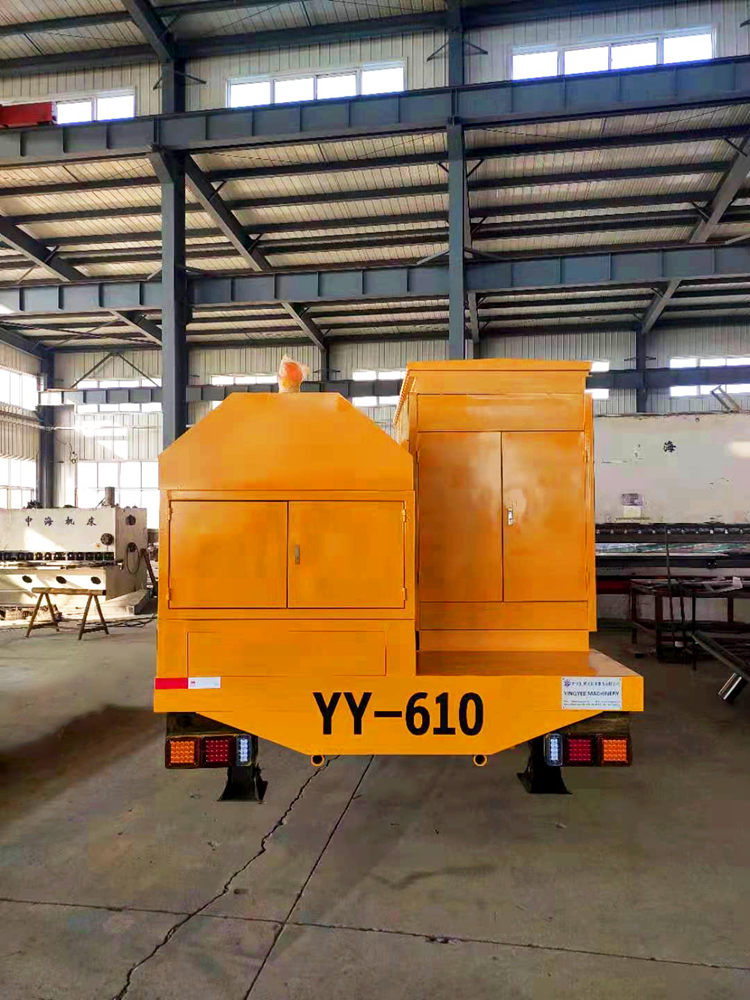
Understanding C, Z, and Purlin Roll Forming Machines
Roll forming is a continuous bending operation in which a long strip of metal, typically steel, is passed through a series of calibrated rollers to achieve the desired cross-sectional profile. Among the various forms produced by roll forming machines, C, Z, and purlins are essential components in the construction and manufacturing industries. This article explores the significance, features, and operational mechanics of C, Z, and purlin roll forming machines.
What Are C, Z, and Purlins?
C and Z purlins are structural steel components widely used in buildings and construction for their strength and versatility. Purlins are horizontal structures that support the roof and wall sheets of buildings, providing essential load-bearing capabilities. The primary difference between C and Z purlins is their shape C purlins have a profile that resembles the letter C when viewed in cross-section, while Z purlins have a profile resembling the letter Z. The choice between the two often depends on the specific structural needs of a project.
C purlins are typically used for smaller and lighter buildings, serving as a support framework for roofs and walls. They can be installed either singly or in pairs depending on the required load-bearing capacity. Z purlins, on the other hand, are often used in larger structures due to their increased load-carrying capabilities. Their design allows them to be connected more effectively with fewer supports, yielding a more robust framework.
The Role of Roll Forming Machines
C, Z, and purlin roll forming machines are engineered to produce these metal profiles efficiently and accurately. These machines are equipped with advanced technology, including computerized control systems, to ensure precision in the manufacturing process. A typical roll forming machine consists of various components, including a decoiler to unwind the raw material coil, a forming station where the metal is shaped, and a cutting mechanism to ensure uniform lengths.
The roll forming process begins with the metal strip being fed into the decoiler. As it progresses through the series of rollers, each roller incrementally shapes the metal until the desired profile is achieved. This process offers numerous advantages, such as high production efficiency, minimal waste, and consistent quality—all essential factors in modern manufacturing.

Advantages of Using C, Z, and Purlin Roll Forming Machines
1. Cost-Effectiveness One of the primary benefits of using roll forming machines is their cost-effectiveness. By optimizing material usage and reducing labor costs, manufacturers can achieve greater profit margins.
2. High Precision Modern roll forming machines use computer numerical control (CNC) technology, ensuring accurate dimensions and profiles with minimal deviation. This precision is crucial in construction, where tolerances must be strictly adhered to.
3. Durability and Strength The steel profiles produced by roll forming machines are inherently strong and durable. Their ability to withstand environmental stresses makes them ideal for building applications.
4. Flexibility in Design Roll forming machines are versatile and can be easily adjusted to produce various profiles. This flexibility allows manufacturers to meet diverse customer needs without requiring extensive tooling changes.
5. Rapid Production Rates Roll forming machines can operate continuously, significantly increasing production rates compared to traditional manufacturing methods. This rapid output is essential in fulfilling large orders within tight deadlines.
Conclusion
In summary, C, Z, and purlin roll forming machines play a crucial role in the construction industry by providing efficient, cost-effective, and high-precision solutions for producing essential structural components. Their versatility and ability to deliver consistent quality make them invaluable in meeting the demands of modern construction projects. As technology continues to advance, the capabilities of these machines will likely expand, further transforming the landscape of metal fabrication and construction engineering. Investing in advanced roll forming machinery today ensures a competitive edge in an ever-evolving market, paving the way for innovation and growth in the sector.